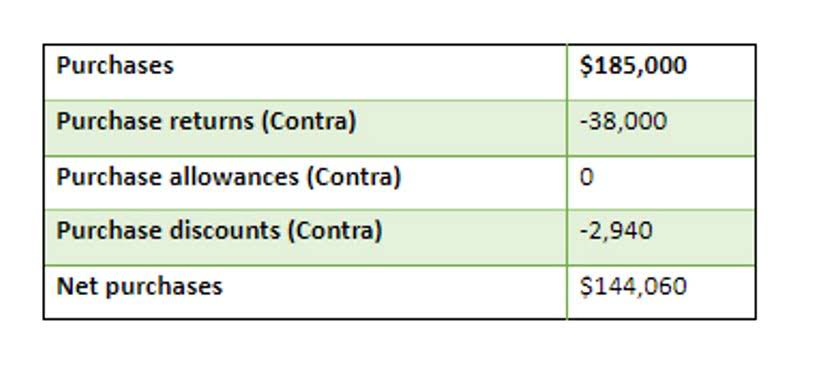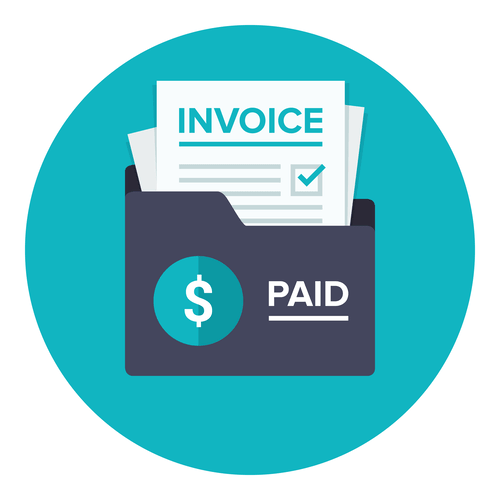
Each development project must be reviewed at the end of each accounting period to ensure that the recognition criteria are still met. If the criteria are no longer met, then the previously capitalised costs must be written off to the income statement immediately. Treatment of capitalised development costs Once development costs have been capitalised, the asset should be amortised in accordance with the accruals concept over its finite life. Amortisation must only begin when commercial production has commenced (hence matching the income and expenditure to the period in which it relates). Many businesses in Financial Forecasting For Startups the commercial world spend vast amounts of money, on an annual basis, on the research and development of products and services.

Accounting for Research and Development (R&D) Costs: A Comprehensive Guide

However, if that same intangible asset is acquired through an asset acquisition, the entity must assess whether it has alternative future use. If it does not—meaning it will only be used in a specific, already-commenced R&D project—the cost is expensed immediately. There’s no presumption that intangibles have alternative use, unlike the general treatment of tangible assets. Companies need to carefully consider whether the intangible can be deployed in other identifiable projects or contexts. The R&D Tax Credit is primarily claimed on IRS Form 6765, “Credit for Increasing Research Activities.” This form is typically filed as part of a company’s annual federal income tax return.
Section 174: Understanding Research & Development expenditures
This foundational requirement helps users of the financial statements gauge the level of investment being made in future-oriented growth. Companies should also consider whether R&D meets the threshold for critical accounting policies, which would warrant additional qualitative disclosure about judgments, estimates, and methodologies. In addition, companies may now be required to more closely examine their true R&D activities. It has always been very simple to take the “deduct all” approach without really breaking out the technological or innovative aspects of what is categorized as true research and development and what is not.

When to Escalate Tax Notice Issues to a Tax Attorney
If the expensing model changes, the impact could be significant—not only on income statement presentation, but also on key metrics like EBITDA, book value, and deferred tax positions. Activities generally not qualifying as R&D for financial reporting include routine alterations to existing products or processes. This also covers market research, routine quality control, general administrative functions, or post-production activities. Accounting classification focuses on the inherent uncertainty and the pursuit of new knowledge or significant technological advancement, not incremental improvements. This could involve designing and testing prototypes or constructing pilot plants.
Current Opposition
An increase in net income can enhance profitability metrics, such as earnings per share (EPS), making the company more attractive to investors. R&D tax credits provide substantial financial benefits that significantly impact cash flow and profitability. Most jurisdictions offer incentives to encourage innovation, but claiming these benefits requires meticulous documentation and compliance what is r&d in accounting with specific criteria. Capitalizing R&D costs also requires detailed disclosures in financial statements. Companies must outline the criteria for capitalization, the amortization period, and any impairment assessments.
- Even if a project is deemed a failure, the business cannot immediately write off the remaining unamortized costs.
- House of Representatives passed the Tax Relief for American Families and Workers Act, which included a provision to temporarily restore immediate deductions for domestic R&D expenses.
- On the other hand, capitalizing these costs spreads the tax benefits over several years, which can be advantageous for long-term tax planning and financial stability.
- The tax implications of capitalizing software development costs are closely tied to accounting practices and tax regulations.
- Customers can typically initiate a change order in person at a branch, through a secure online banking portal, or via mail.
- Establishing clear communication and fostering a culture of collaboration help organizations leverage IPR&D to drive growth and competitiveness.
Capitalizing R&D Expenses
The market approach examines comparable transactions, identifying similar R&D projects sold or acquired recently. However, given the unique nature of many R&D initiatives, adjustments for differences in project scope, risk, and market impact are often necessary. Zero-based budgeting, which involves building budgets from the ground up and justifying each expense, promotes efficient resource allocation and minimizes waste.
Easily Automate Your R&D Tax Credit
Instead, a company need to evaluate technical feasibility in relation to each specific project. Projects related to new product development are generally more difficult to substantiate than projects in which the company has more experience. Companies often incur costs to develop products and services that they intend to sell or for internal processes and systems that they intend to use. The accounting for these research and development (R&D) costs under IFRS Accounting Standards can be significantly more complex than that under US GAAP. Entities must identify impairment triggers, such as changes in market demand, technological advancements, or legal challenges. For example, a tech company might face impairment if a competitor releases a superior product.

A Strategic Guide to R&D Capitalization for SaaS Companies

The IRS has yet to issue guidance on whether this will be an automatic method change filed on Form 3115. Account-specific details are needed, including account numbers, existing agreement terms, and any original transaction details relevant to the change. Uche has spent the entirety of his career focusing on complex legal issues affecting the design industry, with the majority of his time dedicated to the R&D fixed assets tax credit. Prior to founding TaxRobot, Uche served as a Senior Project Manager at a national tax consulting firm. Unfortunately, deciding if your business expenses qualify and filling out the form can be a bit daunting for some.
That’s because the current software expense—which could be quite high—is not being matched with its future returns. The transition from immediately deducting R&D expenses to capitalizing and amortizing them is considered a change in accounting method. While taxpayers are normally required to receive permission from the IRS to change an accounting method, the IRS has provided simplified procedures for this specific change. Businesses must formalize this change by filing a specific form with their federal income tax return for the first tax year the new rules apply. A specific accounting rule, the mid-year convention, applies to the amortization of these costs.

Leave A Comment